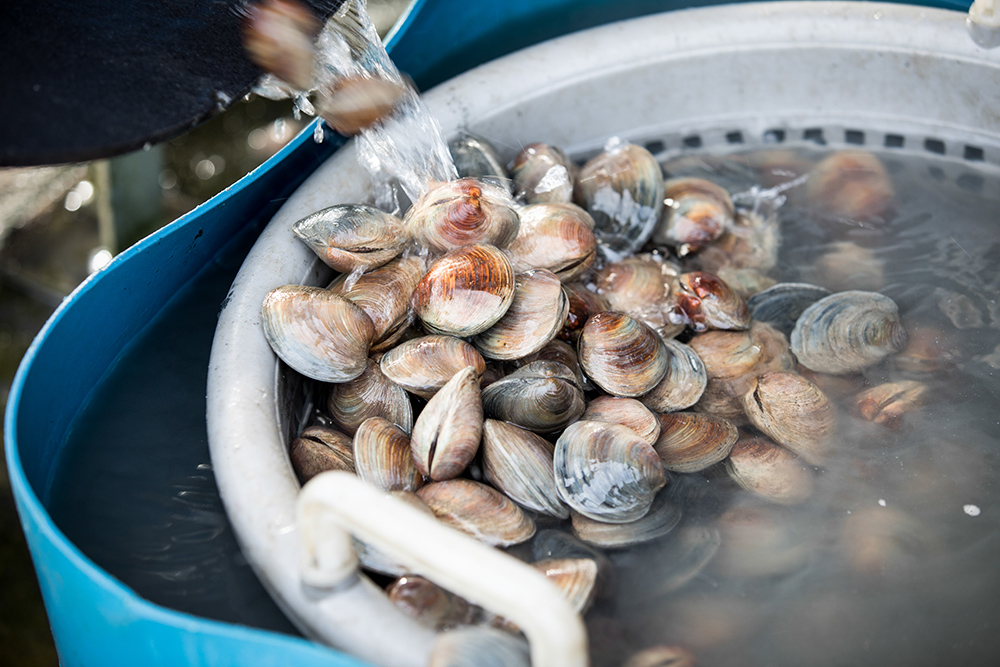By Brad Haire
University of Georgia
The U.S. Representative Peanut Farms are virtual farms created using real data collected from 100 real, live farmers. Economic information can be fed into them to see how different scenarios affect the farms’ bottom lines.
“They are very helpful, and we use them in various ways,” said Redding in a phone interview from his Washington office. “It’s a scientific approach that takes the guess work out of it. We can take that to congressmen to say these are the facts.”
Redding is a lobbyist for several commodity groups and farm organizations, including the UGA College of Agricultural and Environmental Sciences.
“I initiated the representative farm project because peanut farmers needed to have the level of information other commodities, which have similar representative farms, have” said Stanley Fletcher, director of the National Center for Peanut Competitiveness and an economist with the CAES.
There are 19 different virtual farms. Each is a composite made by five or six family farms of similar size, location and production practices from Virginia to New Mexico. The one thing they all have in common is peanut production. Since Georgia produces almost half of the total U.S. peanut supply, it has the most farms. But the farms include cotton, corn, soybean, cattle, fruits or vegetables, too.
Lobbyists aren’t the only ones who want to know what the virtual farms say. Congressional staff and other farm leaders call, too, with different scenarios to run.
"Any time an issue comes up from a regulatory- or policy-type avenue, we are able to take these farms and see how they'd be affected," Fletcher said.
The farms are built to be flexible and adjustable to many situations, not just policymaking. What if chemical prices go up or commodity prices go down? Will one crop make more money than another? Will a new farming technique be economically better than an old one? What if Georgia has a drought? It all can be plugged into the farms to see what happens.
"Say that water becomes restricted or the cost of energy goes up like it has dramatically in the past few years," said Allen McCorvey, a CAES economic research coordinator. "We run this through the farms, analyze it and see how it will impact the viability and the cash flow of the operations."
When current, real-world numbers are plugged into the farms, the reflection isn’t pretty, Fletcher said.
“The representative farms show Southern agriculture is in real trouble. Since ’05 we’ve taken a nosedive,” Fletcher said. “We have had increases in crop prices, but the increase hasn’t covered the total input costs enough to be economically viable. I’m not sure how a lot of these guys are still in business. In the representative farms, many are not.”
The representative peanut farm project was developed using similar, nationally recognized models developed for other crops by the Agricultural and Food Policy Center at Texas A&M.
It's funded by the farmer-supported Georgia Peanut Commission and the National Peanut Board through the Southeastern Peanut Research Initiative.






